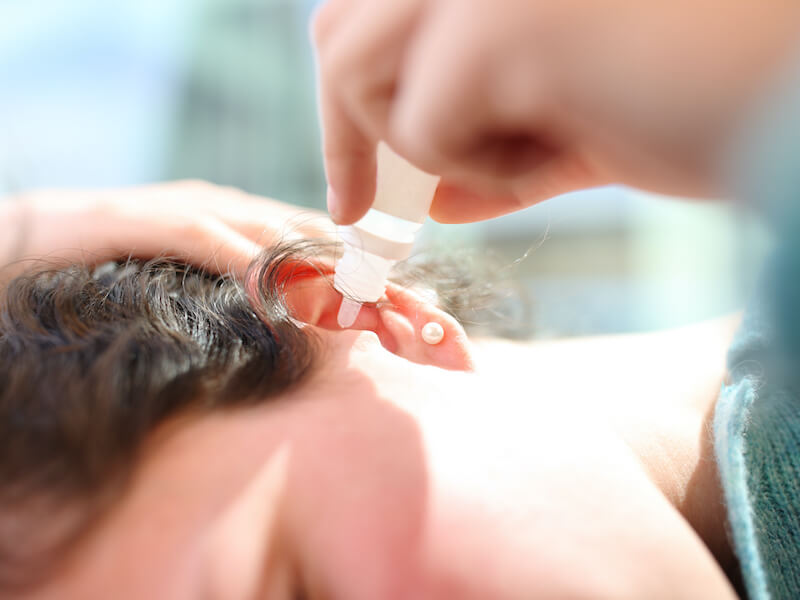
Don’t forget to wash your ears. It’s difficult not to say that in your “parenting” voice. Perhaps when you were a child you even recall your parents telling you to do it. As you get caught up in past nostalgia, that sort of memory can take you back to simpler times.
But that advice can be pretty helpful. Out-of-control earwax accumulation can cause a substantial number of problems, especially for your hearing. And additionally, earwax can solidify inside your ear and become really hard to clean. In a nutshell, the cleaner you keep your ears, the better off you’ll be.
Excessive earwax? Eww!
Earwax is, well, kind of gross. That’s a viewpoint that most people share. But it is actually essential for the health of your ears. Earwax is produced by glands in your ears and is then pushed out when you chew in order to keep your ears free of dust and dirt.
So your ears will remain clean and healthy when they generate the right amount of earwax. It may seem strange, but earwax doesn’t indicate poor hygiene.
An excessive amount of earwax is where the trouble begins. And, understandably, it can sometimes be a bit challenging to tell when a healthy amount of earwax starts to outweigh its advantages (literally).
What is the consequence of excess earwax?
So, what type of impact does excess earwax present? Earwax that gets out of control and, over time, builds up, can lead to several issues. Here are a few:
- Dizziness: Your ability to manage balance depends heavily on your inner ear. You can suffer from episodes of dizziness and balance problems when your inner ear is having problems.
- Infection: Infections can be the outcome of surplus earwax. Sometimes, that’s because the earwax can lock in fluid where it shouldn’t be.
- Tinnitus: Tinnitus is a condition where you hear a phantom ringing or buzzing in your ears. Tinnitus symptoms can appear or get worse when earwax accumulates inside your ear.
- Earache: An earache is one of the most prevalent signs of excess earwax. It doesn’t have to hurt too much (though, in some cases it can). This is normally a result of the earwax producing pressure somewhere it shouldn’t.
This list is only the beginning. Headaches and pain can occur because of uncontrolled earwax buildup. If you wear hearing aids, excess earwax can impede them. This means that you may think your hearing aids are malfunctioning when the real problem is a bit too much earwax.
Can earwax impact your hearing?
Well, yes it can. Hearing loss is one of the most common problems connected to excess earwax. When earwax builds up in the ear canal it causes a blockage of sound causing a form of hearing loss called conductive hearing loss. Your hearing will typically go back to normal after the wax is cleared out.
But there can be long-term damage caused by accumulated earwax, especially if the buildup gets severe enough. The same is true of earwax-related tinnitus. It’s usually temporary. But the longer the extra earwax hangs around (that is, the longer you ignore the symptoms), the bigger the danger of long-term damage.
Prevention, treatment, or both?
If you want to safeguard your hearing, then it seems logical to keep an eye on your earwax. In many cases, earwax buildup is caused not by excessive production but by incorrect cleaning (for instance, blockage is frequently caused by cotton swabs, which tend to press the earwax further in instead of removing it).
It will usually require professional eradication of the wax that has become hardened to the point that you can’t remove it. The sooner you get that help, the sooner you’ll be capable of hearing again (and the sooner you’ll be able to start cleaning your ears the right way).
References
https://my.clevelandclinic.org/health/diseases/14428-ear-wax-buildup–blockage